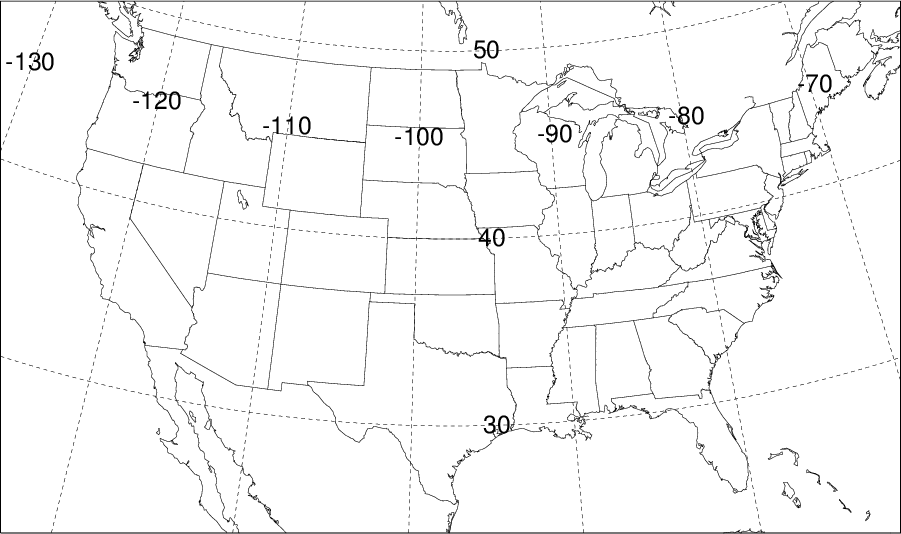

For these reasons, gridded weather data can provide a potential substitute for or complement to ground-based weather measurements. Weather stations, as a data source, offer several challenges: they may not be close enough to the particular area being modeled to sufficiently represent the local weather in models applied over large areas their density may not capture the spatial variability of weather within the area stations often have missing data, or limited periods of record, creating challenges for models representing long timespans lastly, poor station citing and sensor calibration can insidiously degrade the quality of the data. Weather data for modeling have historically been gathered from meteorological weather stations. Gridded weather data sets are increasingly used in a variety of hydrologic, ecologic, and agricultural modeling applications. The excellent performance of gridMET temperature and RTMA indicates that the degree to which gridded data depend on station data is a primary factor determining correspondence. The low-resolution products GLDAS and CFSv2 performed better than the finer resolution NLDAS product suggesting that spatial resolution is not a primary factor determining correspondence to station data. However, its performance was similar to its other parent product, NLDAS, for the remaining variables which reduced its ET ref performance.

gridMET temperature agreed relatively well with the station data due to its dependence on the PRISM station-interpolated data set. NDFD one-day forecasts outperformed most of the analysis products, likely due to its initialization with RTMA. RTMA was generally the best performing gridded data set for all variables and NLDAS was the worst for all variables except vapor pressure. Bias correction procedures may make these gridded data more suitable for generating ET ref.

These results indicate that gridded data should be carefully evaluated before being substituted for agricultural weather station data. The overestimation was mainly due to chronic overstatement of air temperature, shortwave radiation, and wind speed and understatement of humidity. The gridded weather data sets generally overestimated the standardized Penman-Monteith ET ref produced from weather station data, with median biases ranging from 12 to 31 %. ET ref along with the weather variables used to compute it – near-surface air temperature, vapor pressure, wind speed, and shortwave solar radiation – were compared. Six gridded weather data sets – GLDAS-1, NLDAS-2, the CFSv2 operational analysis, gridMET, RTMA, and NDFD – were compared to weather data collected from 103 weather stations located in well-watered settings across the conterminous United States. This study assessed the quality of gridded weather data for calculating reference evapotranspiration (ET ref), which, by definition, represents a near maximum ET occurring in a well-watered agricultural environment.


 0 kommentar(er)
0 kommentar(er)
